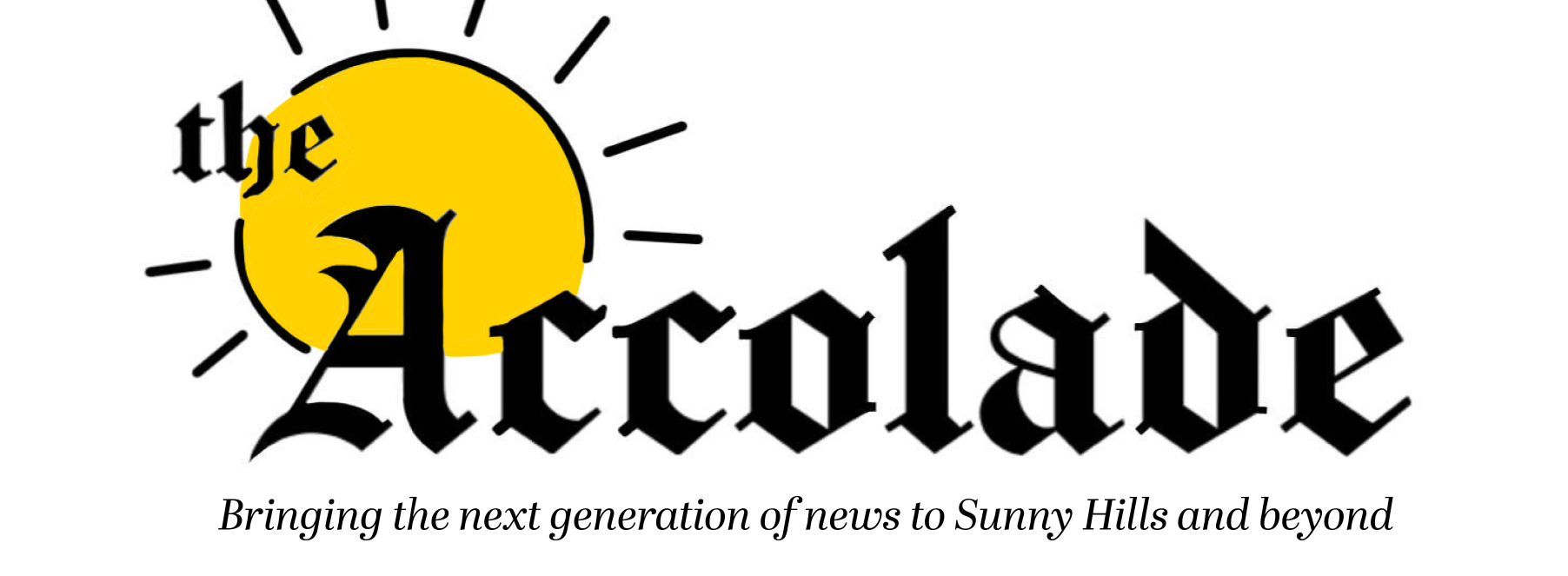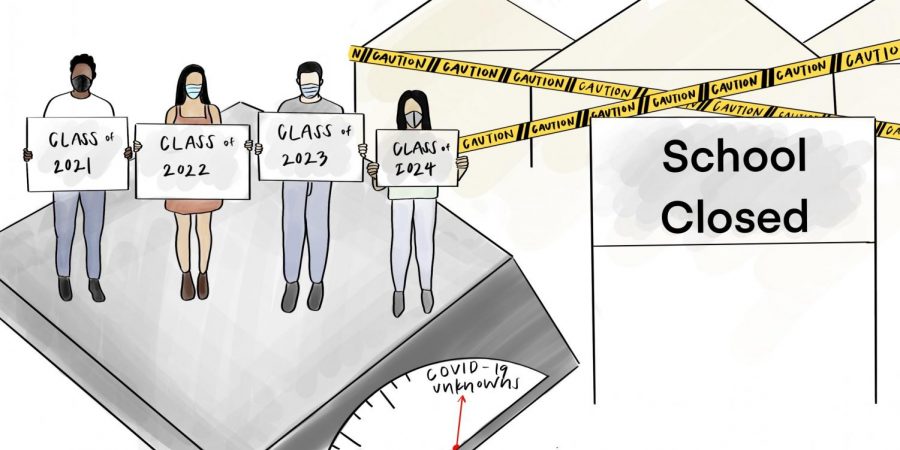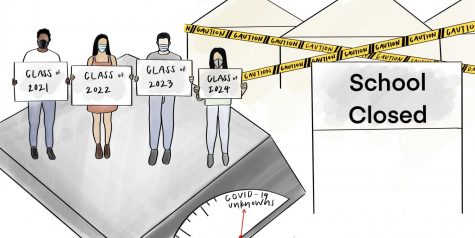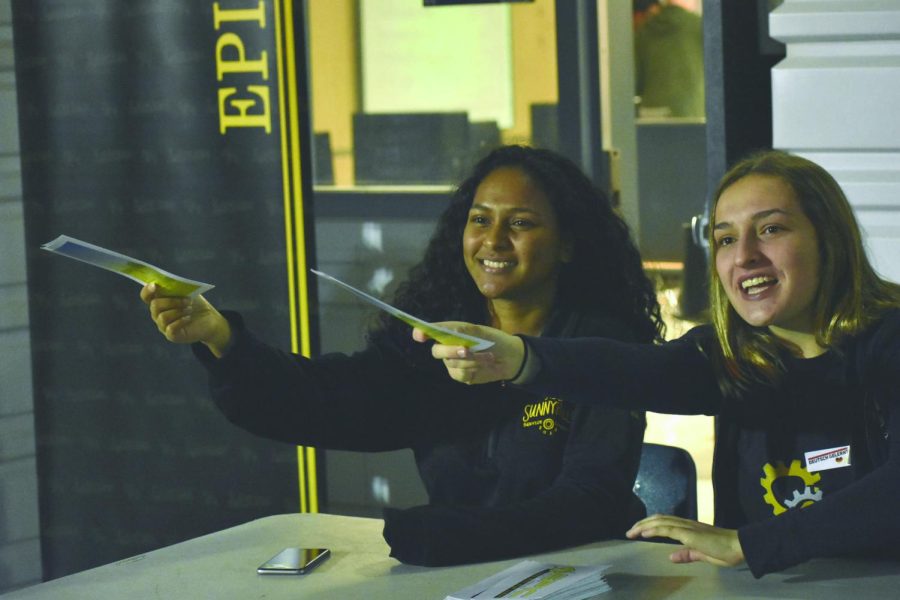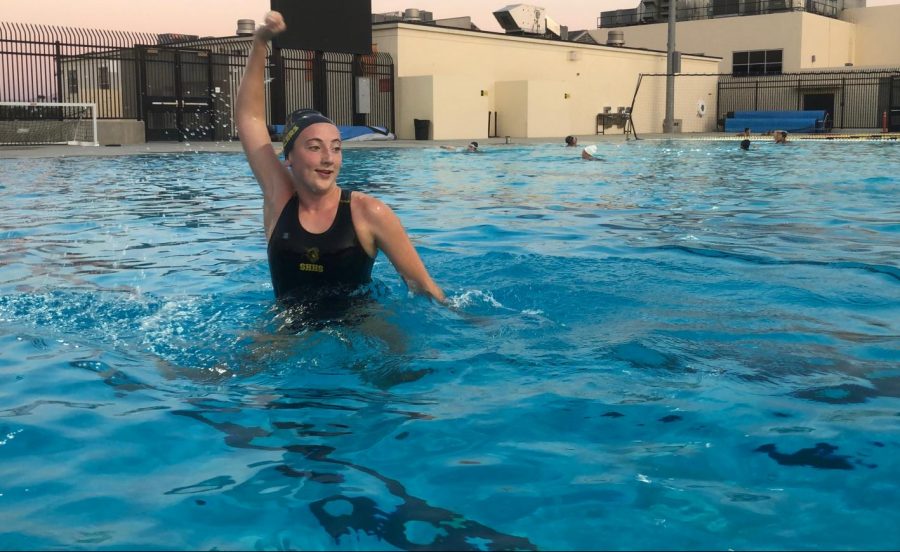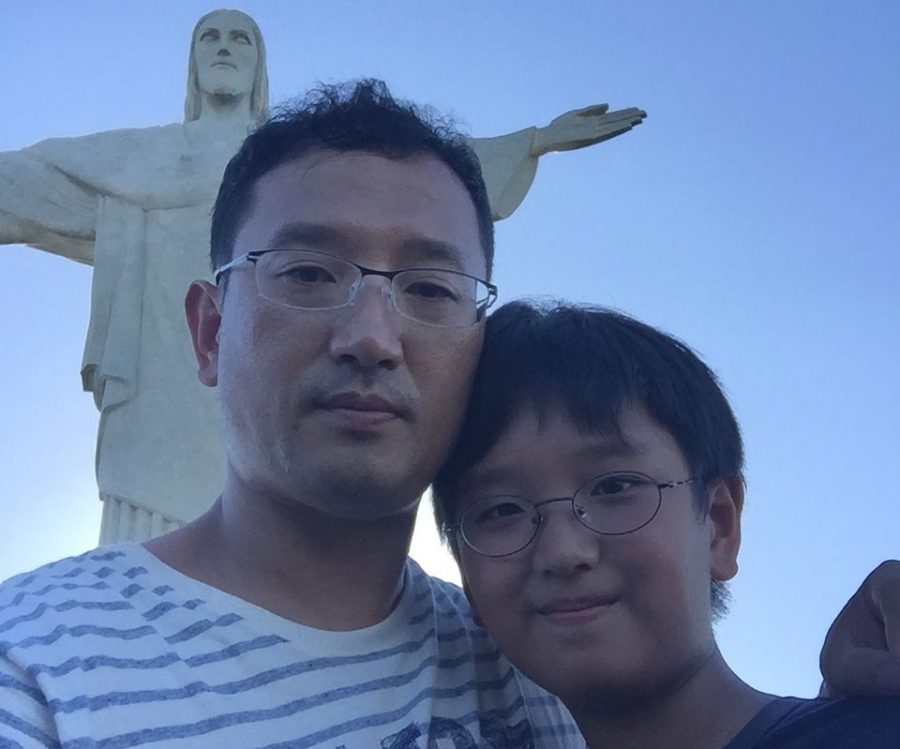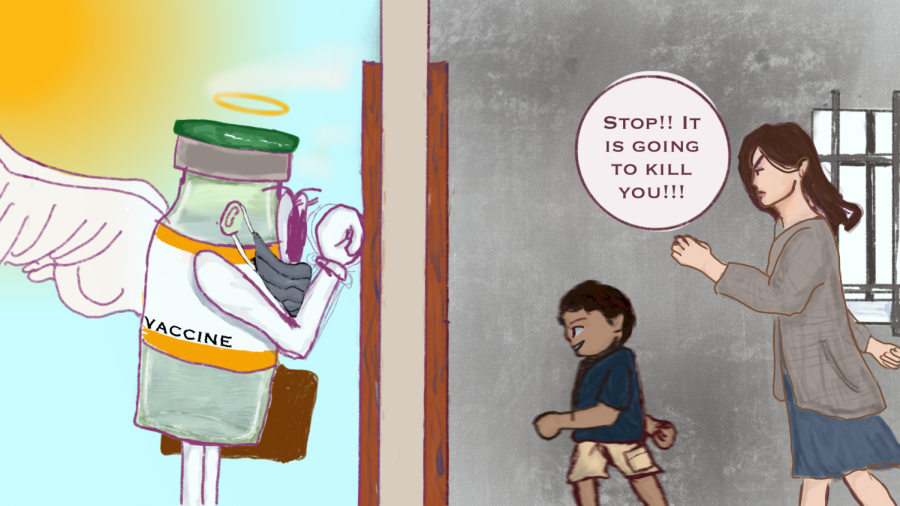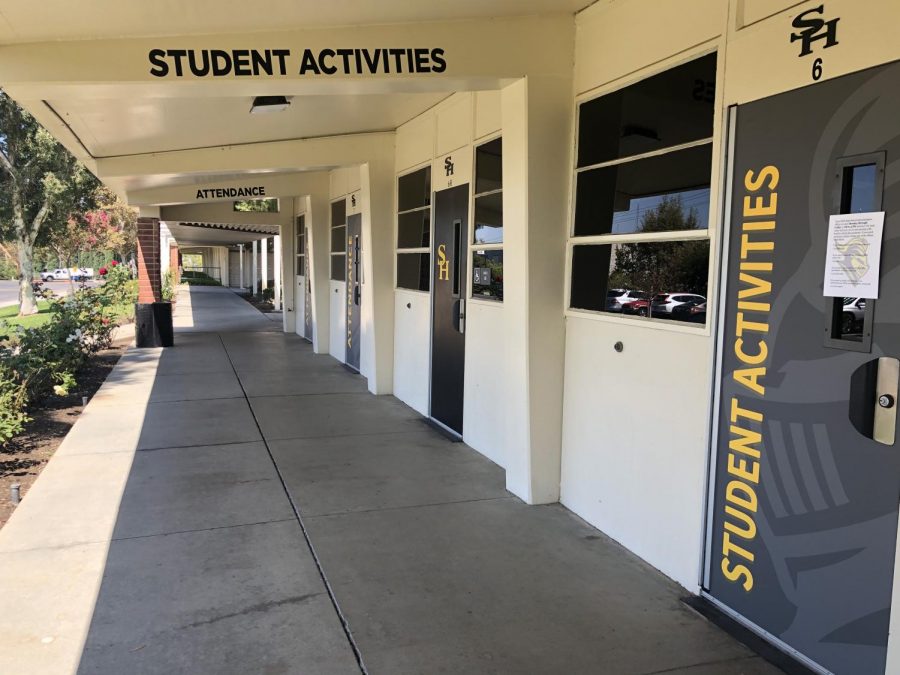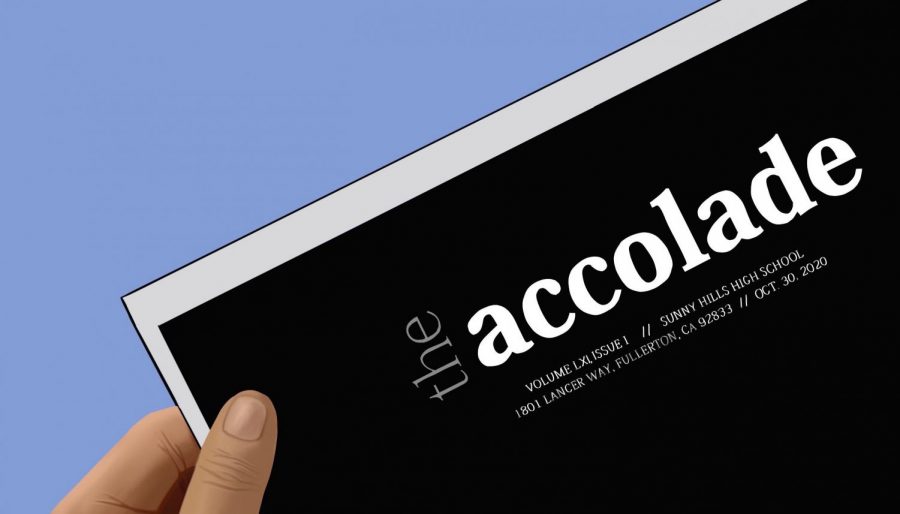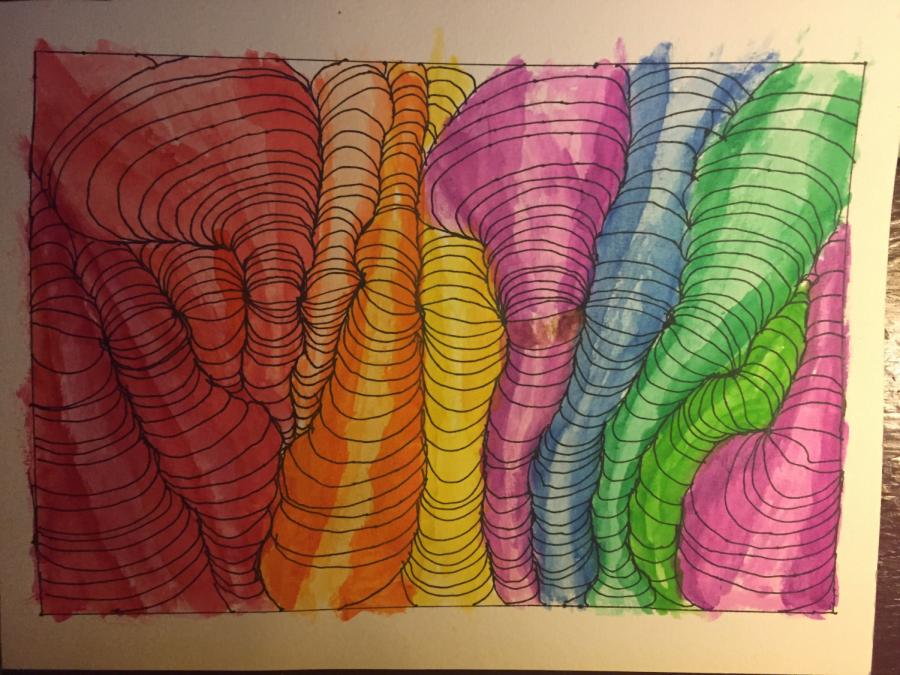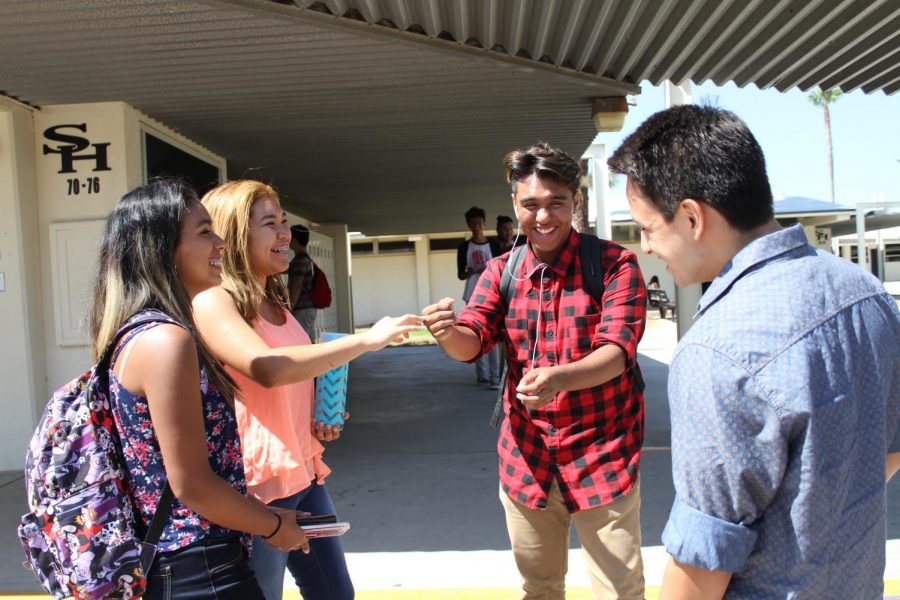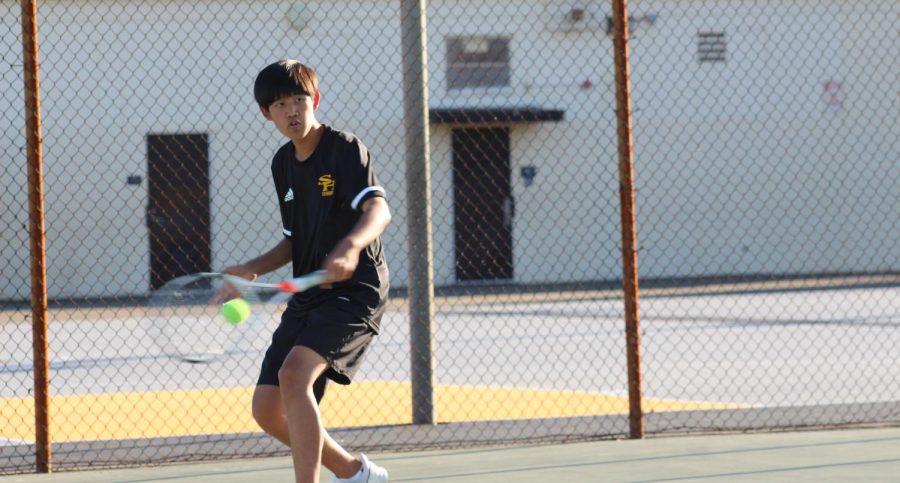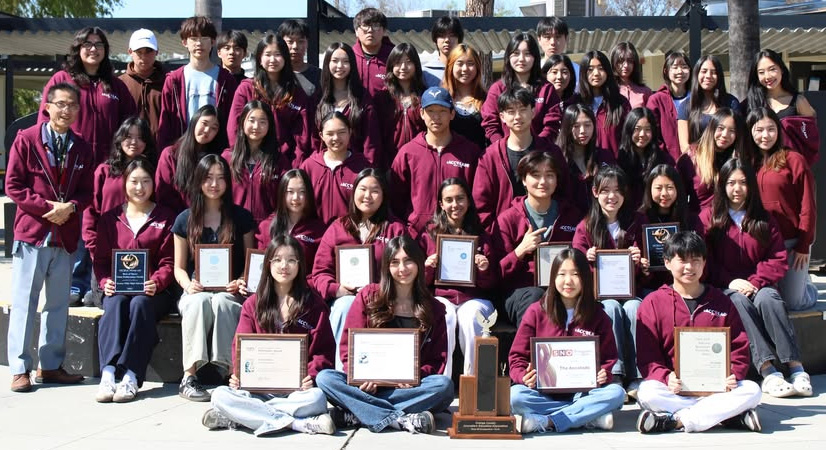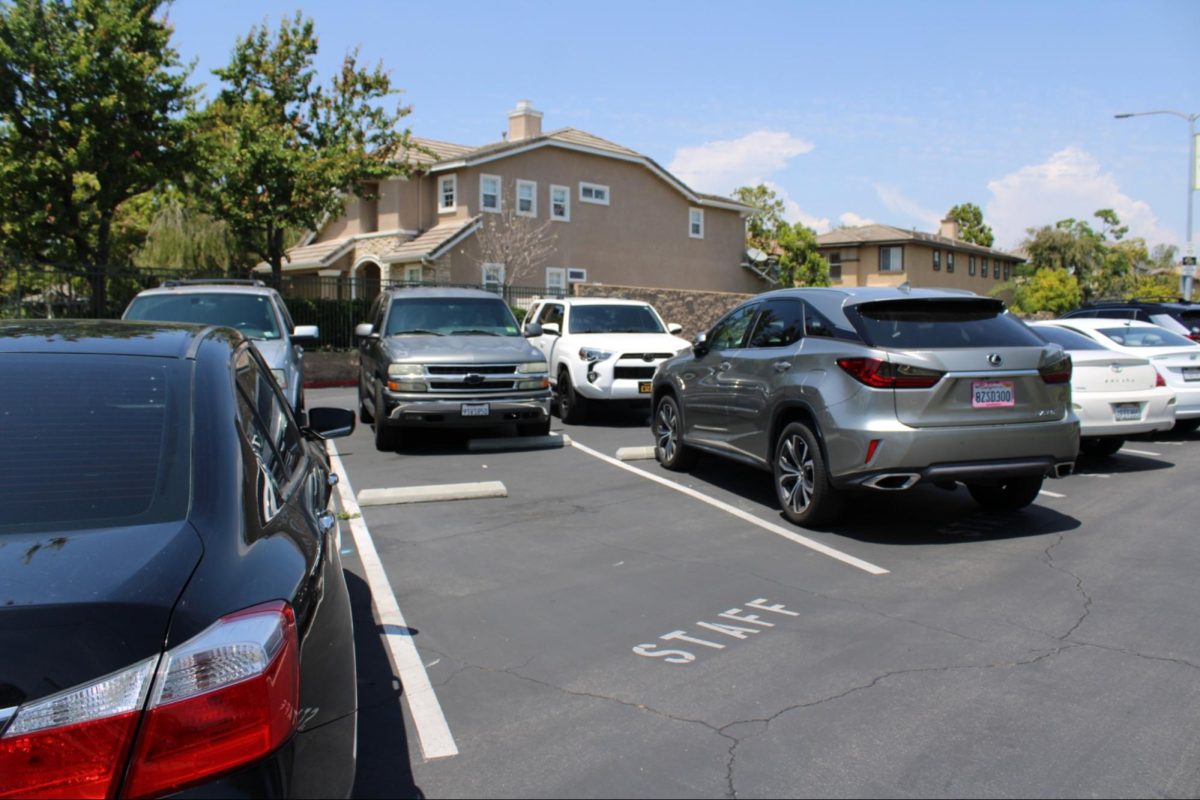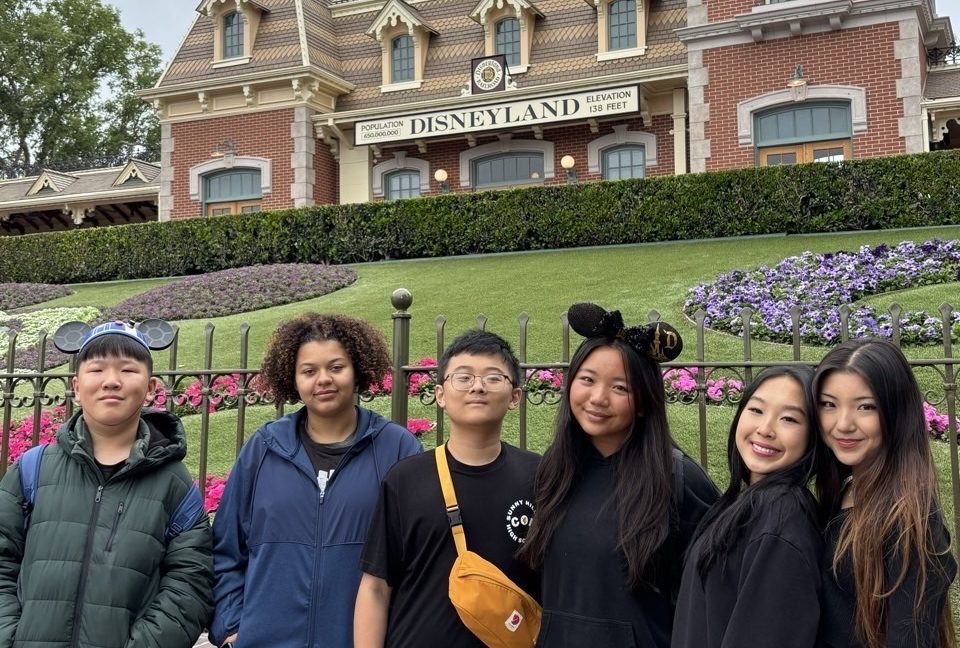The Accolade’s editorial board count: 14 approve and one disapproves of California Gov. Gavin Newsom’s July 17 decision to close schools within the state’s coronavirus county watch list, including Sunny Hills High School. Before Newsom’s mandate, seven had planned to attend school both in-person and online in the A/B Cohort and eight had planned to attend only virtually in Cohort C.
A poll of 87 Sunny Hills students and parents has shown 85% also agreed with Newsom’s decision while 10% voted their disapproval as of July 22.
By July 22, California surpassed New York with the most COVID-19 cases in the U.S., according to the Los Angeles Times.
Among California’s 58 counties, Orange County has the second-most number of cases and the second-most coronavirus-related deaths in a seven-day period from July 13-20.
These statistics, we know.
But what we don’t know is whether the infection rate will continue to rise and the potential for deaths to follow if schools reopen this fall to allow in-person attendance for students and their instructors to teach them.
So Gov. Newsom’s July 17 decision to close schools in counties that are on his coronavirus watch list is only reasonable considering the unpredictable future of traditional education.
After the spring semester ended in May, The Accolade published an online staff editorial advocating for Sunny Hills High School’s reopening of in-person classes when the fall semester starts.
At the time, early coronavirus studies predicted the pandemic would slow in the summer like the seasonal flu does. California had just over 120,000 cases as of June 4, according to the Los Angeles Times and Orange County made up 6,678 of those cases, according to The Orange County Register on June 3.
And in light of recent studies underlining the unprecedented future we are approaching with COVID-19 still a threat to our health, we have since recognized our responsibility to protect our loved ones who may be more vulnerable to the coronavirus.
According to the World Health Organization, those 60 years or older or with health issues are more susceptible to COVID-19, a description that some, if not many, of our parents, grandparents and teachers fit.
Yes, our stance contradicts the American Academy of Pediatrics’ May 25 strong recommendation that students return to school in person:
“Lengthy time away from school often results in social isolation, making it difficult for schools to identify and address … child and adolescent physical or sexual abuse, substance use, depression and suicidal ideation.”
However, the fear that we could be responsible for our loved ones’ lives is even weightier.
After a loved one’s death, guilt is one of the 10 emotions one may feel, according to an undated Mental Health America article. Although the website states this is a normal occurrence, coping strategies we see often through funerals and hugs are seldom in a COVID-19 era.
For those of us with younger siblings, going to school with our peers may bring about a whole new level of risk.
“A parent’s death can be particularly difficult for small children, affecting their sense of security or survival,” the article reads.
At a time when a sense of security is vital to feeling and staying safe, we cannot afford to potentially become sick or carry the coronavirus.
But we can still take care of our mental health without attending school physically, as long as we stay proactive. Despite being quarantined, we can still video call our friends during break and lunch to stimulate social interaction. It won’t perfectly replicate in-person conversations, but we’ll still be able to talk to someone other than ourselves.
Hopefully, after a coronavirus vaccine is available and distributed to the general public, the governor will be more comfortable to allow schools to reopen safely without the risk of compromising faculty members’ and students’ health. As of July 22, at least three vaccines on The New Tork Times’ online vaccine tracker are in development that will be ready from October 2020 to the end of 2021.
But as we wait, we should still be wary of our potential to carry the virus if we are exposed to it.
According to a July 18 The New York Times article, children ages 10-19 can spread the coronavirus as well as adults can, contradicting earlier studies showing children as less effective in spreading the virus.
The results, from a large South Korean study, found that only children under 10 years old are less likely to transmit the virus.
“The study is more worrisome for children in middle and high school,” according to the article. “This group was even more likely to infect others than adults were, the study found.”
Researchers believe unhygienic social and health habits may be the cause of these infection rates among young adults. But even without these habits, kids are still susceptible to contracting the virus and exposing it to others.
“We can speculate all day about this, but we just don’t know,” said Michael Osterholm, an infectious diseases expert from the University of Minnesota. “The bottom line message is: There’s going to be transmission.”
Even previous studies showing that children have lower rates of infection than adults admitted that children are not immune to carrying and spreading the coronavirus.
For example, a Switzerland study contact-traced children with COVID-19 and found they were the source of the spread in only three of 39 cases, according to a July 20 National Public Radio article.
But the article came with a caveat: “Schools were closed during the period of study, so it’s not clear how the classroom environment influences risk.”
So to reduce such risks, we have approved of Newsom’s mandate and learn from home.
We have recognized the many unknowns as we enter a historic and unpredictable school year.
We don’t know much about how the coronavirus will evolve or how our Zoom sessions will look like on the first day of school (“Johnny Smith, is that you? I can’t see your video screen face”) or even what future extracurricular activities like clubs and sports practices will look like (will student clubs be allowed to virtually hold lunchtime meetings?).
However, we can find solace in what we do know: our obligation to keep our classmates, parents and ourselves safe from COVID-19.

